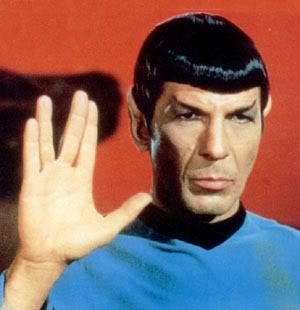Orcs and half-orcs are both odd in D&D, because goblins better reflect Tolkien's orcs and hobgoblins his Uruk-hai.But Tolkien's half man, half orc creatures, the Uruk-Hai, were far smarter, stronger, and far more ruthless than either orcs or men, and towered over them. Where did half-orcs in D&D even come from?
Tolkien does mention some unfriendly humans who have an orc-like look to them and hints that they're half-orc, but they are in no way Uruk-hai.




